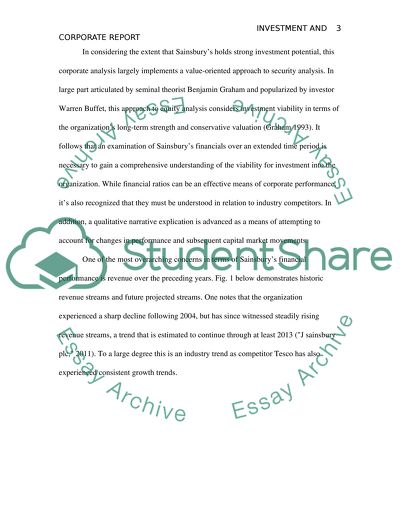Cite this document
(“Investment analysis and Corporate Report Analysis: Sainsburys Essay”, n.d.)
Retrieved from https://studentshare.org/finance-accounting/1394274-investment-analysis-and-corporate-report-analysis-sainsburys-supermarket-limited
Retrieved from https://studentshare.org/finance-accounting/1394274-investment-analysis-and-corporate-report-analysis-sainsburys-supermarket-limited
(Investment Analysis and Corporate Report Analysis: Sainsburys Essay)
https://studentshare.org/finance-accounting/1394274-investment-analysis-and-corporate-report-analysis-sainsburys-supermarket-limited.
https://studentshare.org/finance-accounting/1394274-investment-analysis-and-corporate-report-analysis-sainsburys-supermarket-limited.
“Investment Analysis and Corporate Report Analysis: Sainsburys Essay”, n.d. https://studentshare.org/finance-accounting/1394274-investment-analysis-and-corporate-report-analysis-sainsburys-supermarket-limited.


